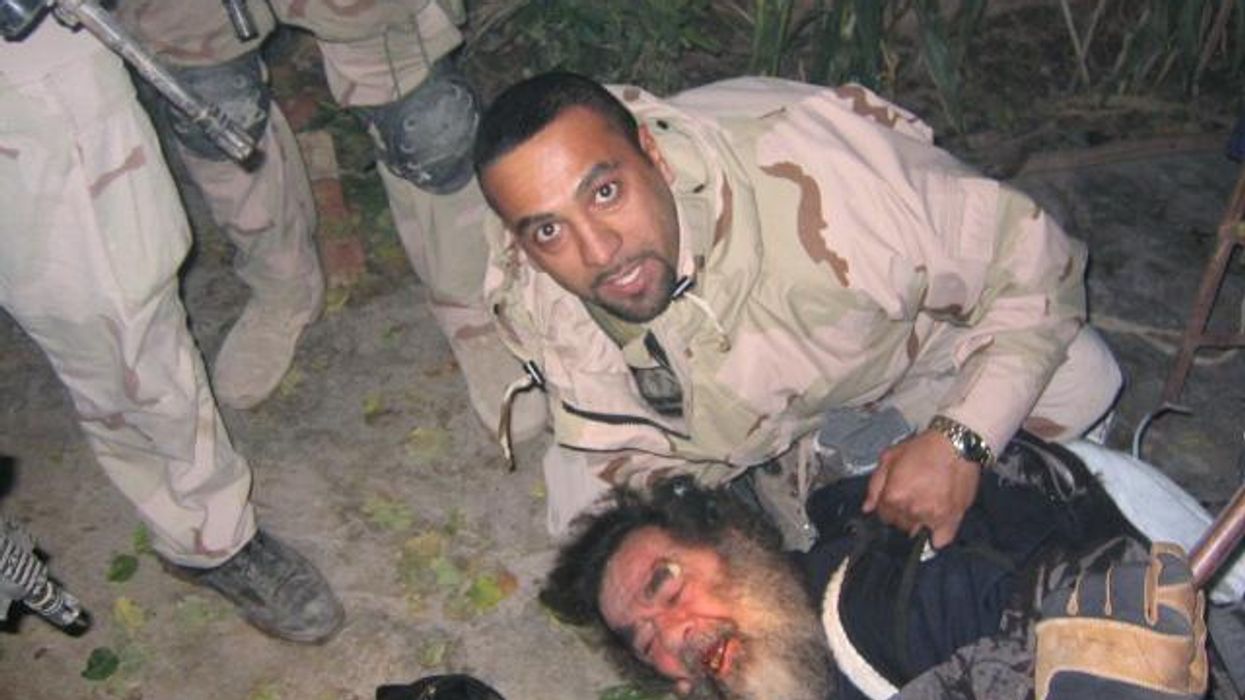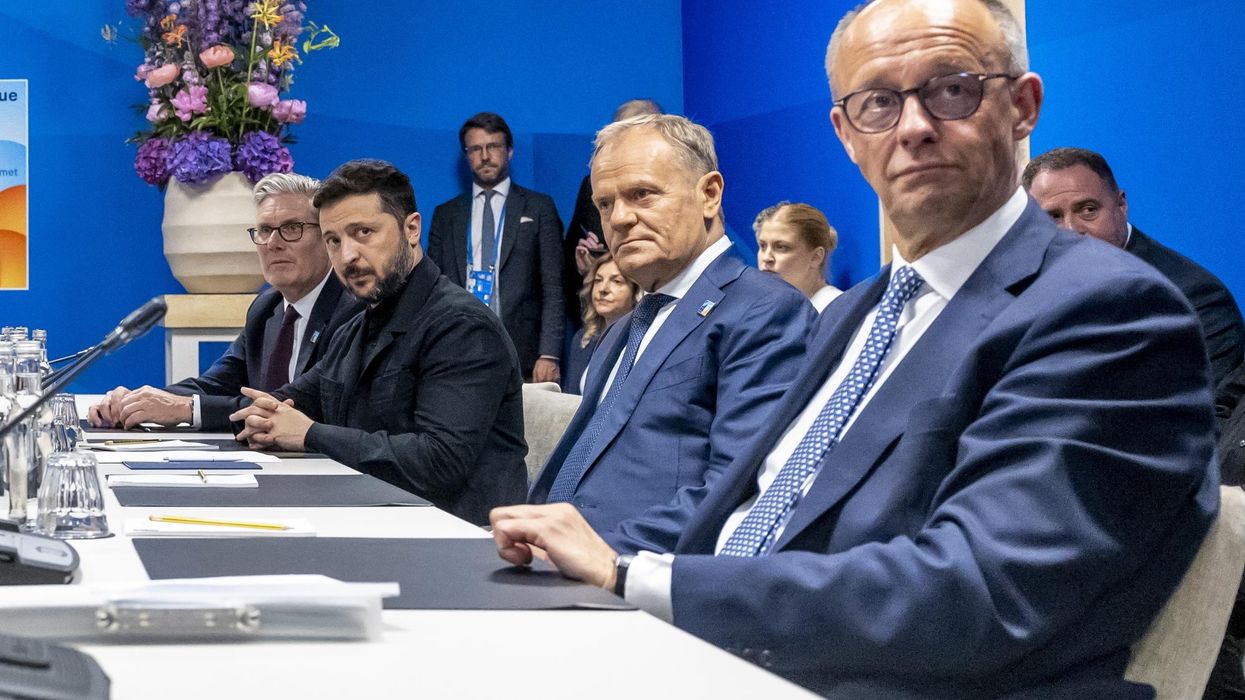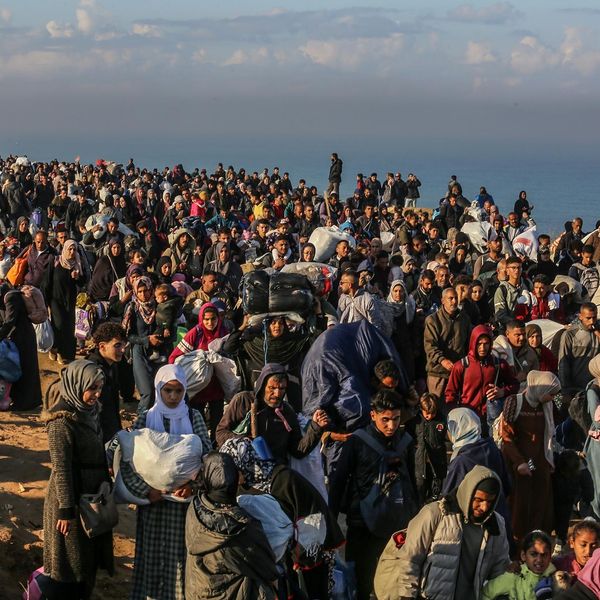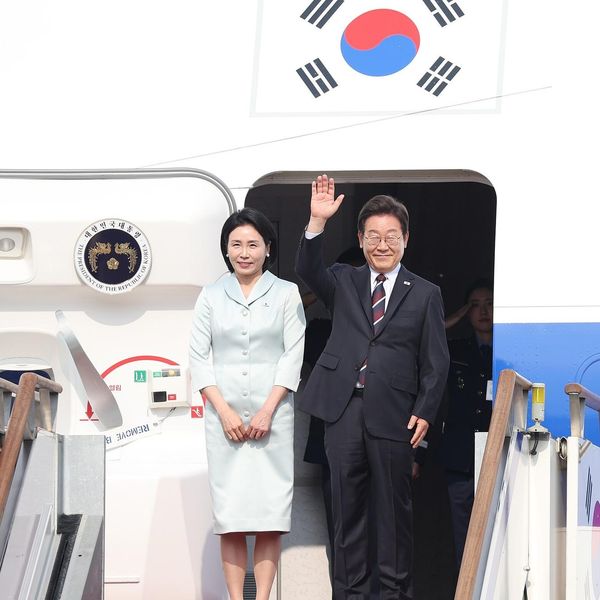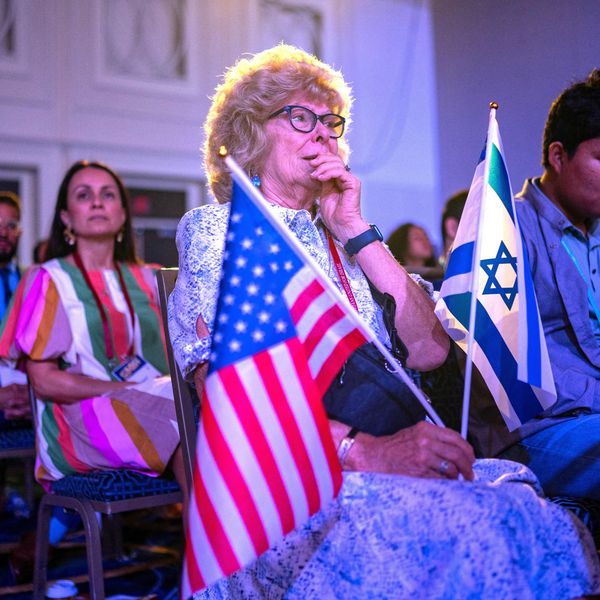There is observable growing frustration with the Taliban within and outside Afghanistan. International engagement over the past few months failed to achieve much positive change in the movement’s attitude. Instead Afghanistan witnessed the re-closure of girls’ high schools, crackdowns on the media and civil rights activists, and the rolling out of edicts that erase women from the public sphere. The failure of dialogue does not stem from the international community’s lack of leverage over the Taliban or the group’s disinterest in international recognition. The core issue seems to lie in the lack of unity of vision within the Taliban movement.
There is a tension between the small but powerful group of traditionalist Taliban old guard and the majority that exist on the peripheries of the decision making process. Figures from within the Taliban have vocally criticized the school closure decision. The traditionalists have sought to appease hardline fighters by attempting to live up to the idealized vision of a Taliban emirate and have done so through the Ministries of Education and Promotion of Virtue and Prevention of Vice.
It would’ve been naive not to expect the Taliban to eventually issue edicts that morphed the Afghan society into their vision. However, very few expected these edicts to be as harsh and as coercive as they have been. Most feared that such edicts would come as soon as some form of recognition by the government was attained. The nine month that passed without international recognition after the Taliban takeover piled pressure on the traditionalists who chose to enact hardline changes despite being on the cusp of a working relationship with the international community.
The edicts have included enforcing the face veil — or “face ban” as a friend would call it, the implementation of a dress code (beard length and hat) for men working in the government sector, separate days for university and public parks for men and women, and a male guardian requirement for women traveling within the city. — The Taliban’s bursts of decrees with the expectation of acceptance on face value is giving the term politico-morphism — the divinization of earthly politics, a concept older than the Greeks — a whole new meaning. These directives are doing little to win over the population or the international community.
A fundamental issue with moral policing is how it blurs the lines between the private and the public sphere. It is also worth bearing in mind that the Taliban are a group with little training in civic engagement. For example, the Ministry of Promotion of Virtue and Prevention of Vice has its own enforcers patrolling the streets, but the Taliban’s ruling elite have done little to prevent their rank and file from acting as vigilantes in enforcing these rules. There is a breadth of literature regarding how checkpoints define the relationship between those in power and those they rule. By giving unchecked power to the Taliban security apparatus, the leadership not only creates conditions for abuses of power, but they also reinforce the othering that exists in the minds of their fighters by separating them from the broader society.
To justify their fighting and the collateral damage they caused over two decades, the Taliban built a narrative that labeled the society living under the Republic as morally corrupt. This narrative has evolved into a sense of social hierarchy in Afghan society that pins the Taliban on top.
It is particularly important to note the ways in which moral policing hurts women specifically. The hijab edict imposes punishments on the male guardians of the female violators which implicitly deputizes women’s own family members against them. This is un-Islamic and goes against the basic concept of justice. The punishment of the male guardians reduces women to mere commodities owned and answered for by men, erasing women and their agency.
While the hijab is common in Islam, enforcing it is a fringe Islamic tradition occurring in an Afghan society where women barely have any access to the justice system. It also pushes an already disenfranchised population to see little utility in education as they see the dwindling prospects of employment in the future. Instead of pushing girls towards education and challenging cultural taboos that make families hesitant regarding girls’ high schools, the Taliban regime is promoting such mindsets.
It would’ve taken the Taliban very little to win over the war fatigued nation of Afghanistan, yet they choose to close that window on themselves through constant self-sabotage. It is no surprise that the aid available to Afghanistan is fast drying up as it can be directly linked to the Taliban’s failure at meaningful international engagement and internal governance.
Those issuing the decrees from among the Taliban will have to remember the shaving of beards, playing of loud music, and the buying of TV sets that ensued after their fall in 2001 was a direct consequence of how their coercion caused society never truly embrace the changes they had imposed. There are better ways of preaching and modifying society, the best path of which is through dialogue and through respect for human dignity. The Taliban must present themselves as a cohesive entity that weighs the cost-benefits of imposing policies on the population or they will lose international interest and whatever domestic support remains.
The international community and the United States must keep pressuring the Taliban to do better. The strife within the Taliban presents a unique opportunity to identify possible partners for engagement among those who favor a relatively sensible approach to social engineering. The Taliban are not the Taliban of the 1990s nor are they an evolved version. They do however have voices among them that are worth engaging. Ultimately, it is the Taliban’s prerogative to choose how they will be seen, at home and abroad.



